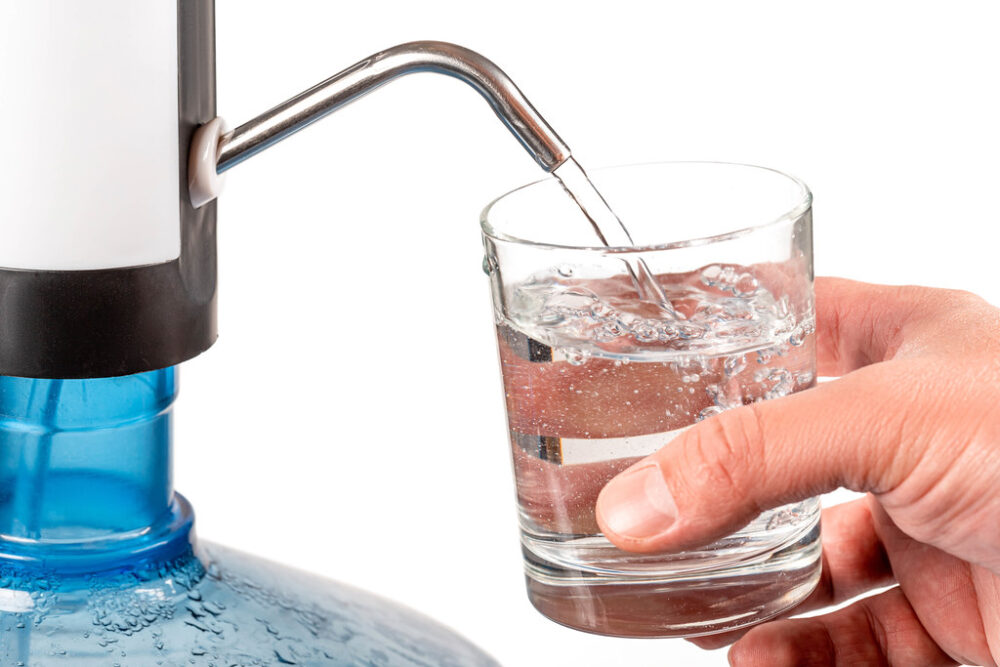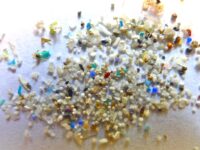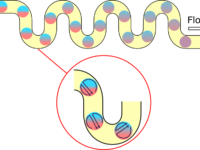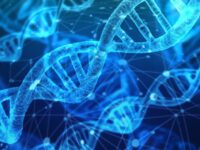From the deepest ocean trenches to the tap water in our kitchen, nanoplastics have pervaded virtually every last crevice of Earth. The minuscule particles, resulting from the degradation of plastic objects, are less than 100 nanometers (nm) and can be ingested, inhaled, or incorporated by dermal contact. It is estimated that just by eating, drinking, and breathing alone, Americans ingest at least 74,000 microplastic particles each year. Breaking that down, that means Americans ingest five grams of plastic a week. During the process of plastic manufacturing, chemicals including plasticizers, pigments and stabilizers are added. It is the leaching of these chemical additives that pose adverse effects to humans as the nanoplastics seep into the body and reach one’s cells.
It is estimated that just by eating, drinking, and breathing alone, Americans ingest at least 74,000 microplastic particles each year.
Due to their size, nanoplastics have the ability to cross endothelial barriers, translocating into red blood cells and travelling along intracellular spaces. Eventually, through transport by microfold cells, nanoplastics may even reach lymphoid tissues and blood vessels. Access to the bloodstream means an entrance point to metabolic and endocrine organs, specifically the liver and kidney. Alternatively, nanoplastics can attach to the lining of the gut; this is believed to damage one’s health by directly affecting the composition and diversity of the intestinal microbiome. Cell culture studies using intestinal cells conducted at the University of Fribourg in Switzerland demonstrated that polystyrene nanoparticles were able to overcome the gastrointestinal barrier and translocate into the tissue underneath. When in the gut, nanoplastics can damage cells and activate immune cells’ inflammatory reactions. Furthermore, inflammation from nanoplastics disturbs the gastrointestinal processes by creating an imbalance in gut bacteria known as dysbiosis which has occurred in mice models. Although nanoplastics are hypothesized to contribute to these microbiotic changes, more research needs to be done to paint a full picture of the long-term impact on the gastrointestinal system. In vitro approaches and animal models give us insight into the effects of nanoparticles, but the extent of their application to humans remains unclear.
When in the gut, nanoplastics can damage cells and activate immune cells’ inflammatory reactions.
The pervasiveness of nanoplastics assures that they will continue to pollute the environment and make their way into our bodies. The best way to reduce one’s exposure to them is to help in cleanup efforts to remove plastics from the environment and change our daily routines. Something as simple as individually making the decision to use more environmentally-friendly products and reduce plastic intake has an important impact.
Source:
Insights into nanoplastics effects on human health (2020). DOI: 10.1016/j.scib.2020.08.003
Image courtesy of Flickr






